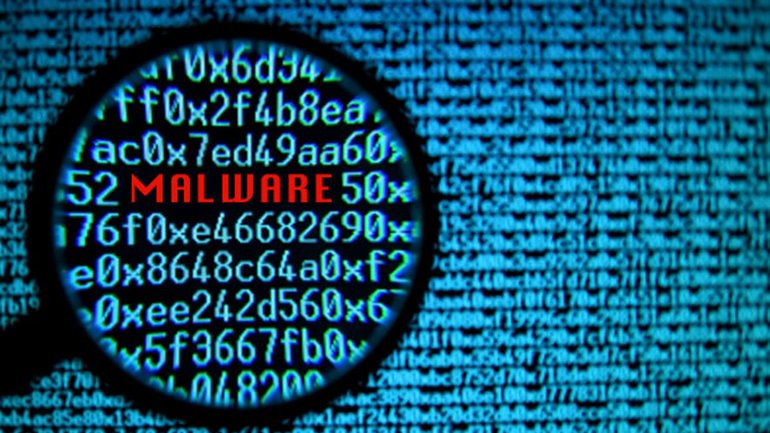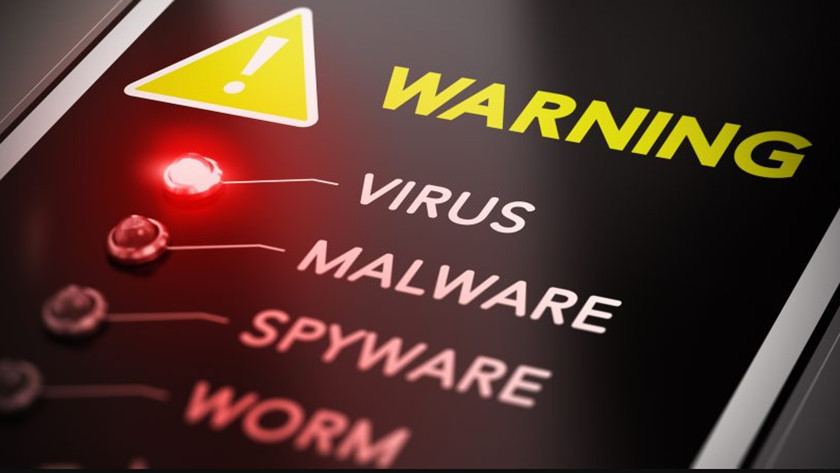Malware is the short form for what is known as the malicious software and is essentially a file or document that is a threat to the device. Malware is an umbrella terms that includes all kinds of device threats such as worms, Trojan, viruses and spyware softwares. All of these malicious softwares can do many illegal tasks such as stealing information, encrypting personal information, changing the functions of the operating system or totally hijacking it and keeps an eye on the activity of the user without their consent.

The famous device security experts Michael Heller, Rob Wright, and Kevin Beaver have had a closer look into ransomware to give you a detailed list of all kinds of recent attacks and strategies that can be implemented to protect your device and advise you to use the Ransomware Protection Program.
Let’s see in a little detail on the Types of Malware out there!
Out there in the hacking world there are multiple kinds of malware each with its own unique characteristics and strategies for infecting a device. One of the most common malware types is the virus which is a kind of malicious software which makes copies of itself and destroys the device by infecting other documents and files.

Then comes the worm which is another kind of malware that has the ability to make self copies and doesn’t even need a host program for it and it can spread in the absence of any directions by the manufacturers of the malware.
Now let’s talk about the Trojan horse which is also a kind of malicious program which is manufactured in a way that it looks like a legit program or file once it has done installing itself and then it slowly begins to show its infectious nature.
In the end comes the Spyware which is a kind of malware that is manufactured to gather personal information on users and to spy on their real time activity without making the user alarmed or suspicious
Then comes some other kinds of malware which comprises of features and tools intended to fulfill a specific task, Ransomware is one of these which are designed in a way to cause harm to the system of the user and makes the data encrypted. Now what the cybercriminals then do is demand a handsome ransom from the victim as a payment for the decrypted data!
A rootkit is also a type of malware which is manufactured to gain a level of -level access into the device of the victim. Once rootkit is installed, the software gives a privileged access into the system of the user. Then comes the backdoor virus or remote access Trojan (RAT) which is famous malware software that opens up a backdoor access into a system that is compromised and let hackers have a remote access into the system without alarming either the user or the system’s security programs.
The concept of malware was first put forth in 1990 by a computer scientist and security researcher Yisrael Radai. However, it isn’t a secret that malware were in existence long before this in fact one of the first existing malware was the Creeper virus back in 1971, which was basically done as an experiment by the BBN Technologies. Creeper was manufactured to get into the mainframe systems of ARPANET. The program although didn’t interrupt the system’s functioning or seek access to data but it jumped from one mainframe to another without consent showing a message that said, “I’m the creeper: Catch me if you can.”

Creeper was then changed by Ray Tomlinson, who included in it the capability to self replicate and basically gave birth to the very first kind of computer worm. The idea of malware was then introduced into the industry and rapidly emerging examples of worms and viruses would then pop up on Apple and IBM computers in 1980s before gaining fame in the World Wide Web and the internet in 1990’s in general.
How does a malware operate?
Malware manufacturers make use of many sources to use their malware software for infecting a victim’s device or network. Malicious softwares can either be infected into a device through physical means such as a USB or an external hard drive or it can spread through online browsing which tends to automatically download malware programs without their knowledge or consent. These start downloading when a victim visits a website infected with malware.

Phishing attacks are a famous kind of malware that are literally delivered via emails looking like a legit message infected with a malware that can be executed on the victim’s device. Sophisticated malware softwares often contains the tool which uses the command-and-control server allowing threat directors to stay in touch with the compromised system, transport personal data and remotely take over the infected device.
The advanced new types of malware emerging out there often comprise of unique evasion techniques that are manufactured to fool the victims, security softwares and antimalware items. Some of these evasion tactics involve simple procedures like web proxies to cover the malicious softwares or the IP addresses of the sources.
More of the advanced sophisticated threats comprise of the polymorphic malware, which changes its basic code to sneak past the detection from antimalware detection tools, the anti-sandbox techniques, which let the malware software to identify the threats during the scan and would lay off on execution until it leaves the sandbox. The last one is the fileless malware, which stays in the RAM of the system in order to skip being detected.
Programs that are similar to Malware

There are some other types of programs and software that share their characteristics with malware software but cannot be included in the same category as malware because they are very different. Adware, for instance can drastically affect the users as the ads keep popping up and annoy the users with ads they don’t want to look at and slowing down the system’s performance.
However, adware is nowhere near the same as malware since the intent behind adware is not to infect the user’s system or network but there have been cases where adware also contains threats while all these ads can be taken over by hackers and shifted to malvertisement instead! Also many adware do comprise of spyware-like tools to assemble information on the user such as their browsing histories and sensitive data without the permission of the user. They are so sneaky that you don’t even realize they are stealing your information.
A PUP is the short form of potentially unwanted program, which is another type of software resembling malware. These are simply applications that fool victims into downloading them on their PC’s in form of toolbars but don’t show their infectious features when they have been installed. However, these are the circumstances when a PUP may embed itself as a spyware or may have other hidden infectious tools that would identify it as a malware.